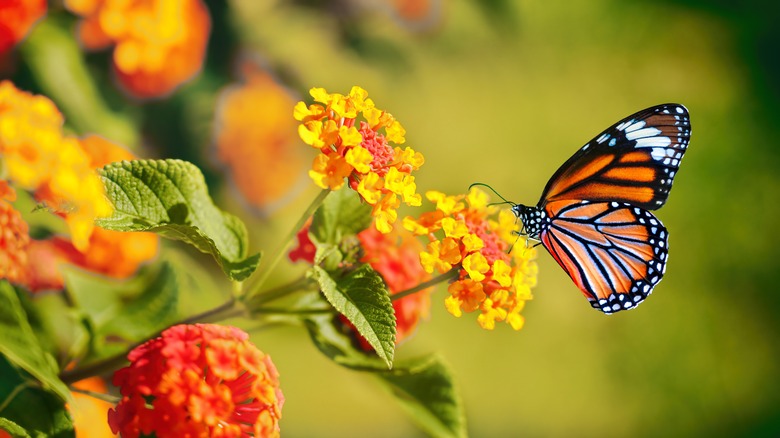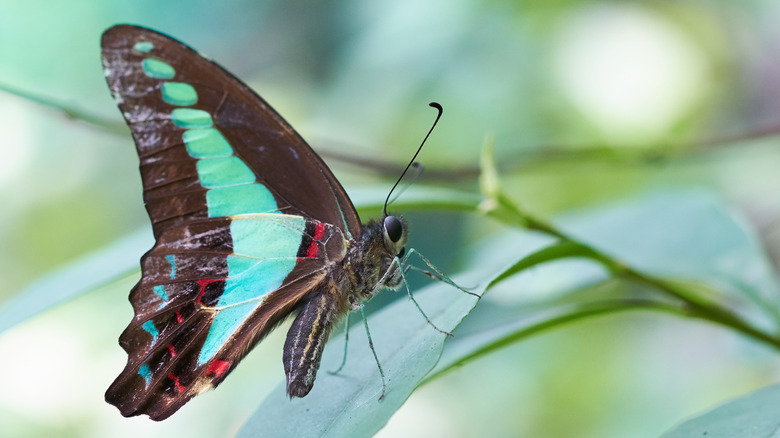The Science Behind Why Butterflies Can See In Ultraviolet
Most people are the "see it to believe it" type. Sadly, while human vision is pretty good — there is quite a bit happening right under our noses that we are not seeing. And it's not because you're missing it, or there's some sort of mystical world hiding in plain sight that only adults can't see. No, there's an entire world that we in fact can't see.
A world where plants and animals glow — even humans; and there are certain creatures equipped with superpowers that allow them to see that glow. Reindeers, for instance, can see in ultraviolet light, which helps them find the lichen they eat. Sockeye salmon use that same power to catch their food. Other creatures, like scorpions, glow for no apparent reason known to scientists. And some see that glow as part of their mating rituals and social behavior. Have you ever heard the term "social butterfly”? Well, there's your clue.
A Sight for Butterfly Eyes
Most species see color thanks to rods and cones inside their eyes (via Science). Most insects only have three kinds of photoreceptors, and humans only have about three cones in charge of color vision — yet we can still see tons of colors, including ridiculous ones like vermilion (bet you looked it up). Weirdly, butterflies — like the common blue bottle — have at least 15, which all respond in different ways to different kinds of light and color.
Humans can see light wavelengths ranging from red to violet, but many other animals — as discussed here — can see ultraviolet light. Butterflies are believed to have one of the most complex visual ranges of any creature and are said to use their powers not only to pick suitable mates but also to find nectar in flowers (via The Atlantic). For mating, butterflies can tell if a potential suitor is healthy by how vibrant their colors are, and for social interaction, butterflies can actually communicate via a secret language with the light that reflects from their wings (via Chicago Botanic Garden). Considering most other animals can't understand it — including their predators — it's pretty exclusive lingo. It is even believed that butterflies can use their color-changing abilities to mimic predators.
An Adapting World
As we mentioned, the ability to see ultraviolet light aids in butterflies' ability to find healthy mates (via The Atlantic), communicate with other members of their species (via Chicago Botanic Garden), as well as hide from and mimic predators. But it also helps them find food, and it helps their food find them. Bees work very similarly and are credited with having the fastest color vision in the animal world — five times faster than humans (via Bee Culture). Basically, they use the ultraviolet light to see nectar in flowers, which the flowers actually illuminate using their ultraviolet glowing abilities.
Several species of flowers have adapted to be able to make somewhat of a beacon of their nectaries, drawing ultraviolet-sensitive pollinators — like butterflies and bees — to them. Through this adaptation, they've created a symbiotic relationship. For instance, black-eyed Susan flowers have adapted to reflect ultraviolet light from the dark circle at their center, reflecting a glowing bullseye for pollinators who are seeking nectar (via Forest Preserve District of DuPage County).


